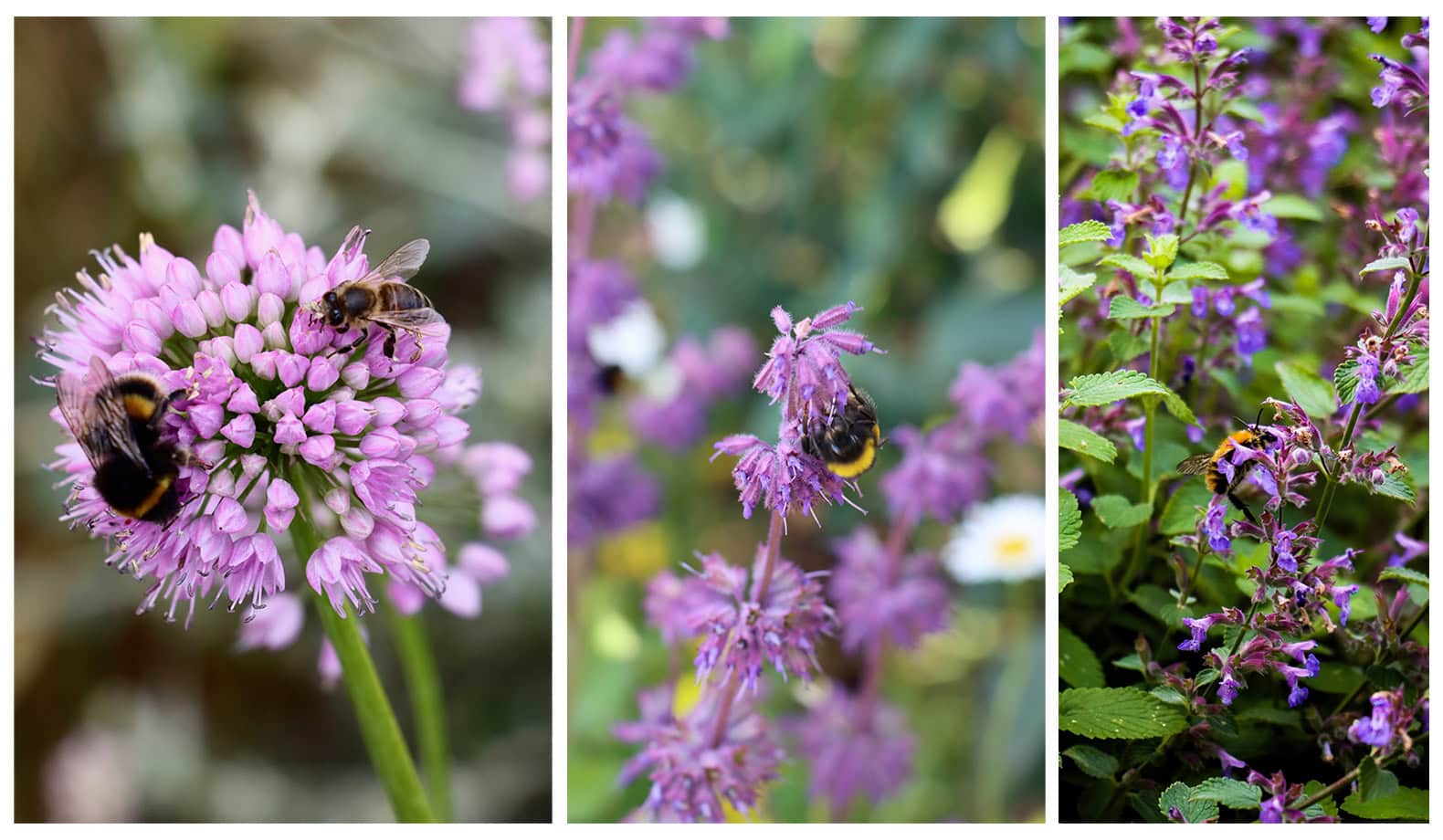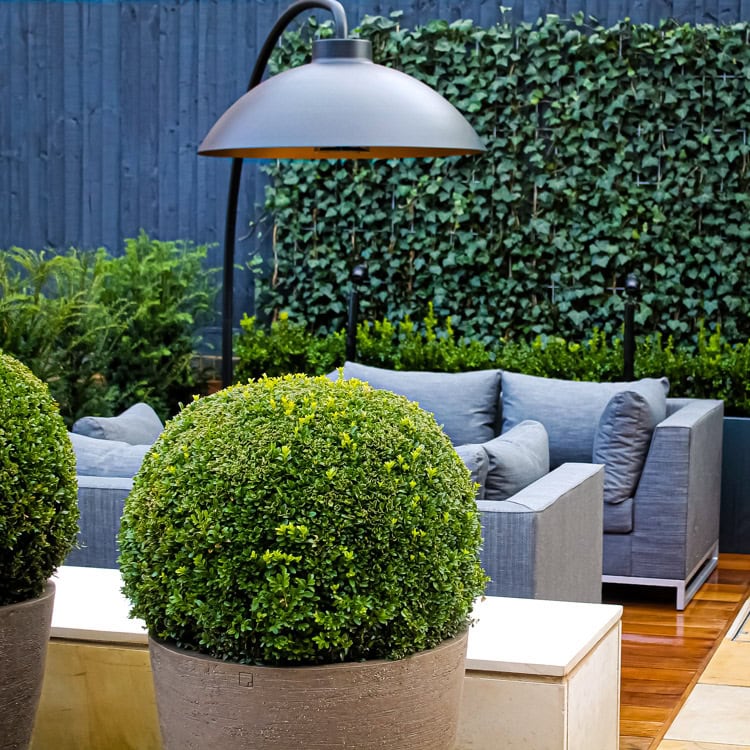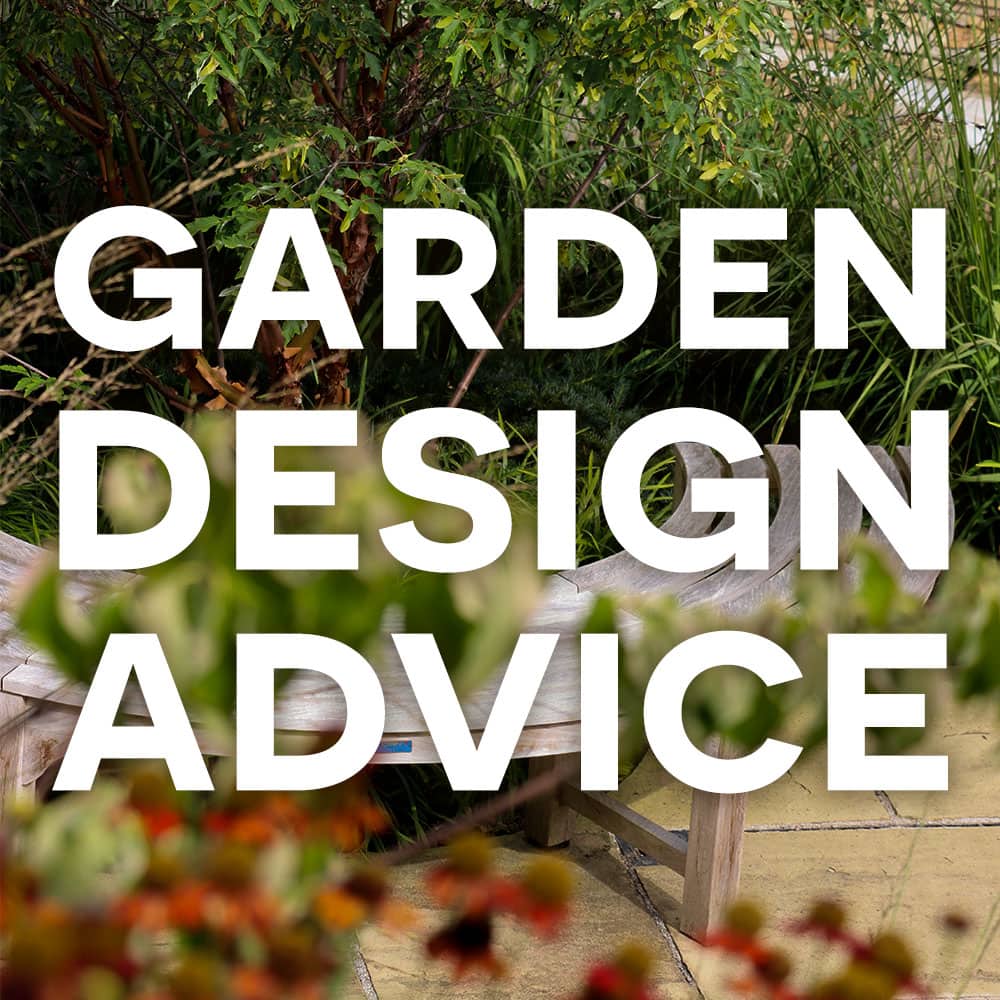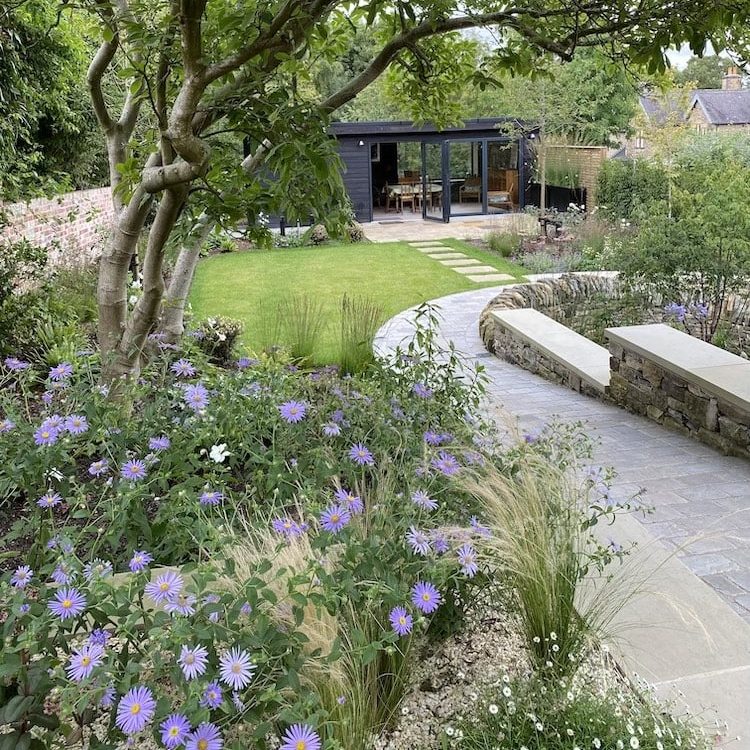How Can I Encourage Pollinating Insects Into My Garden?
Introduction
Imagine walking into your garden and being greeted by the gentle hum of bees, the fluttering of butterflies, and the vibrant presence of various pollinating insects. These tiny visitors are not just beautiful to watch; they play a crucial role in maintaining the health and productivity of your garden. In this article, we’ll explore effective ways to attract and support pollinating insects in your garden, enhancing both its beauty and biodiversity.

Why Are Pollinators Important?
Pollinators, including bees, butterflies, moths, and other insects, are essential for the pollination of many plants, including fruits, vegetables, and flowers. Without them, many of our crops would fail, leading to reduced food supplies and a loss of biodiversity. Research indicates that pollinators contribute to the reproduction of over 75% of flowering plants and nearly 35% of global food crops. According to a study published by the Food and Agriculture Organization (FAO), the global economic value of pollination services is estimated to be around $235 billion to $577 billion annually.
What Plants Attract Pollinators?
Choosing the right plants is the first step in attracting pollinators to your garden.
-
Native Plants: Native plants are the best choice for attracting local pollinators. They have evolved together and are well-suited to each other’s needs. Examples include foxgloves, and English bluebells.
-
Flowering Plants: Plants with a variety of flower shapes, sizes, and colours attract different types of pollinators. For example:
- Bees: Prefer blue, purple, and yellow flowers.
- Butterflies: Attracted to bright colours like red, yellow, and pink.
- Moths and Bats: Drawn to white or pale flowers that are open at night.
-
Seasonal Blooms: Ensure a continuous supply of flowers from early spring to late autumn to provide a steady food source. Consider planting a mix of early bloomers like crocuses and snowdrops, mid-season flowers such as sunflowers and daisies, and late bloomers like asters and goldenrods.
How Can I Create a Pollinator-Friendly Habitat?
Creating a welcoming environment for pollinators involves more than just planting the right flowers.
– Diverse Planting: Include a variety of plants to support different pollinator species.
– Shelter and Nesting Sites: Provide habitats such as bee hotels, log piles, and stone walls. Leave some areas of your garden undisturbed for ground-nesting bees.
– Water Sources: Pollinators need water. Place shallow dishes of water with stones for them to land on.
– Avoid Chemicals: Minimize or eliminate the use of pesticides and herbicides. Use organic and natural alternatives whenever possible.
What Are the Benefits of Pollinator Gardens?
Pollinator gardens offer numerous benefits beyond supporting insects.
-
Increased Pollination: More pollinators mean better pollination for your plants, leading to higher yields of fruits and vegetables.
-
Biodiversity: Enhances the overall biodiversity of your garden, supporting a wider range of wildlife.
-
Education and Enjoyment: A pollinator garden can be a wonderful educational tool for children and adults alike, offering a chance to learn about nature and ecology first-hand.
-
Aesthetic Appeal: These gardens are often more colourful and vibrant, creating a more enjoyable and beautiful outdoor space.
How to Protect Pollinators in My Garden?
Protecting pollinators is crucial to ensure they thrive.
-
Provide Food Throughout the Year: Plant a variety of flowers that bloom at different times to ensure a constant food supply.
-
Create Safe Havens: Establish areas that are free from disturbances, such as mowing and pesticide applications.
-
Use Native Plants: These are more likely to support local pollinators and require less maintenance.
-
Support Local Conservation Efforts: Participate in or donate to local initiatives aimed at conserving pollinators and their habitats.
What Are Some Common Pollinators in the UK?
Understanding which pollinators are common in the UK can help tailor your garden to their needs.
-
Bees: Including honeybees, bumblebees, and solitary bees. They are crucial for pollinating many crops and wild plants.
-
Butterflies: Such as the Painted Lady and the Red Admiral, which are not only beautiful but also important pollinators.
-
Moths: Like the Hummingbird Hawk-moth, which are active during dusk and night.
-
Hoverflies: Resembling bees and wasps, these are important pollinators and also help control pests.
Actionable Advice and Real-Life Examples
To see real-life examples of successful pollinator gardens, you can look at the case study of the RHS Garden Harlow Carr in Harrogate. This garden incorporates a variety of plants that bloom throughout the year and offers diverse habitats, resulting in a thriving pollinator population. Similarly, a local homeowner in the North of England transformed their small urban garden by planting lavender, foxgloves, and a mix of wildflowers, attracting a wide range of bees and butterflies.
Encouraging Interaction
Have you tried any specific plants or methods to attract pollinators in your garden? Share your experiences in the comments below! If you’re looking for more tips, check out our article on the best plants for a low-maintenance garden.
Summary of Key Takeaways
-
Pollinators are essential for the health and productivity of gardens.
-
Choosing the right plants, creating diverse habitats, and avoiding chemicals are key strategies.
-
Pollinator gardens offer numerous ecological and aesthetic benefits.
-
Protecting pollinators involves providing food, safe havens, and supporting local conservation.
Closing Thought
By encouraging pollinators into your garden, you’re not only enhancing its beauty but also contributing to the larger ecosystem. Each flower planted and each bee house erected makes a difference. Start small, and watch your garden come alive with the buzz and flutter of nature’s most vital workers.
Ready to transform your garden into a pollinator paradise? Visit our website for more tips and inspiration on creating a vibrant, sustainable garden. Don’t forget to read our guide on the best plants for attracting bees.
Article published August 2024.
Lee Bestall
Founder & Design Director at Bestall & Co Landscape Design, a practice recognised as one of the best garden design companies in the North & Midlands of England. Lee's objective in life is to facilitate the design and build of fabulous gardens and sculpt beautiful landscapes which enhance the natural beauty of the world, as well as transforming the world his clients live in. "My personal mission is to design my own park or village based around a central courtyard garden. My goal in business is to create a nationwide design consultancy which can support my dream." Read more >> or Connect with Lee on LinkedIn >>



